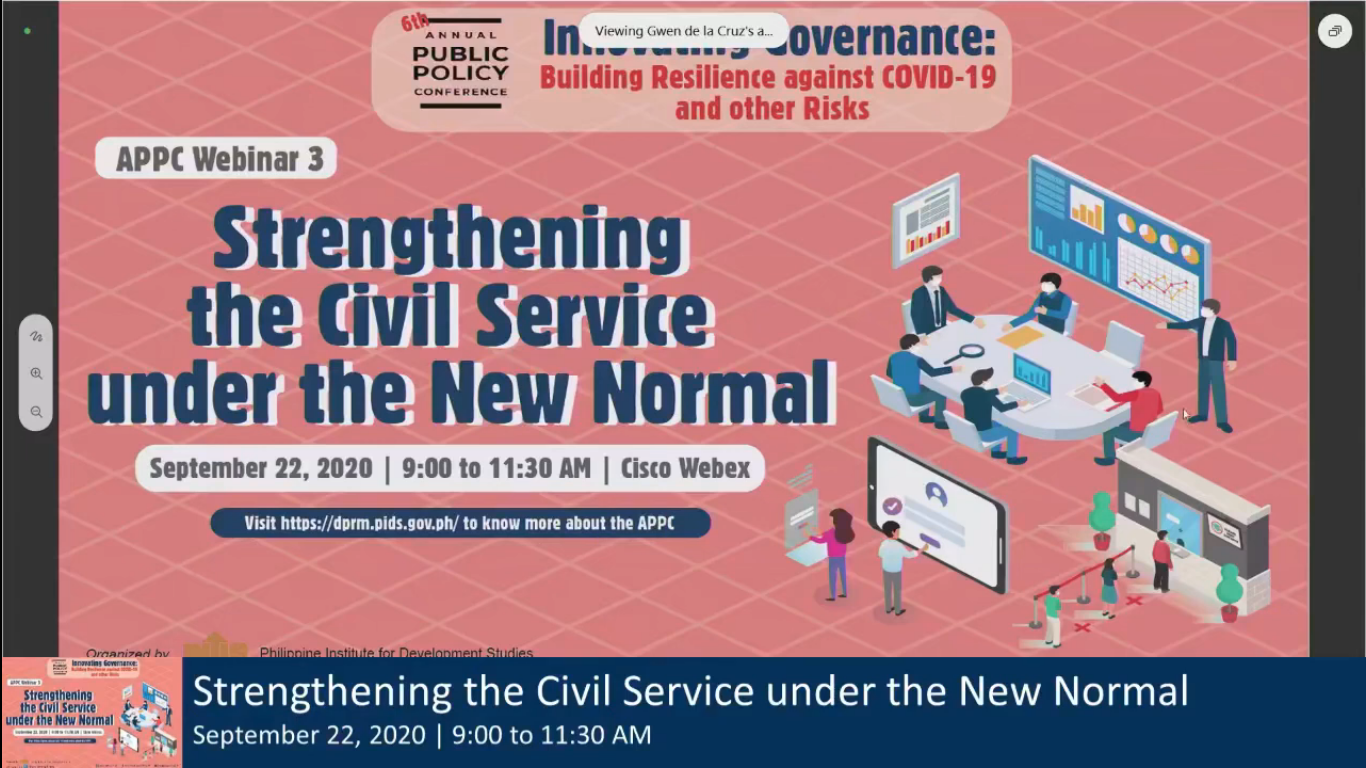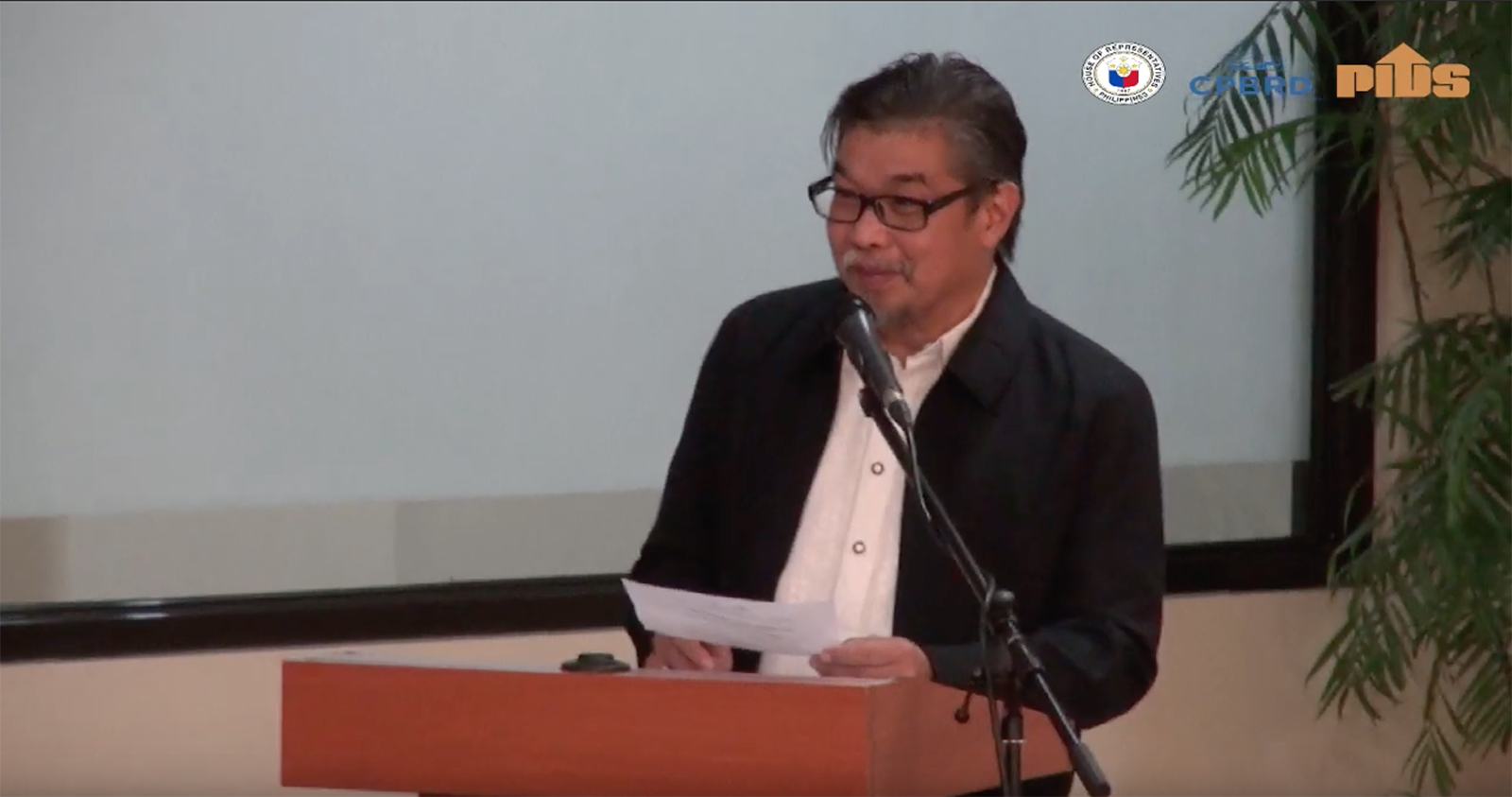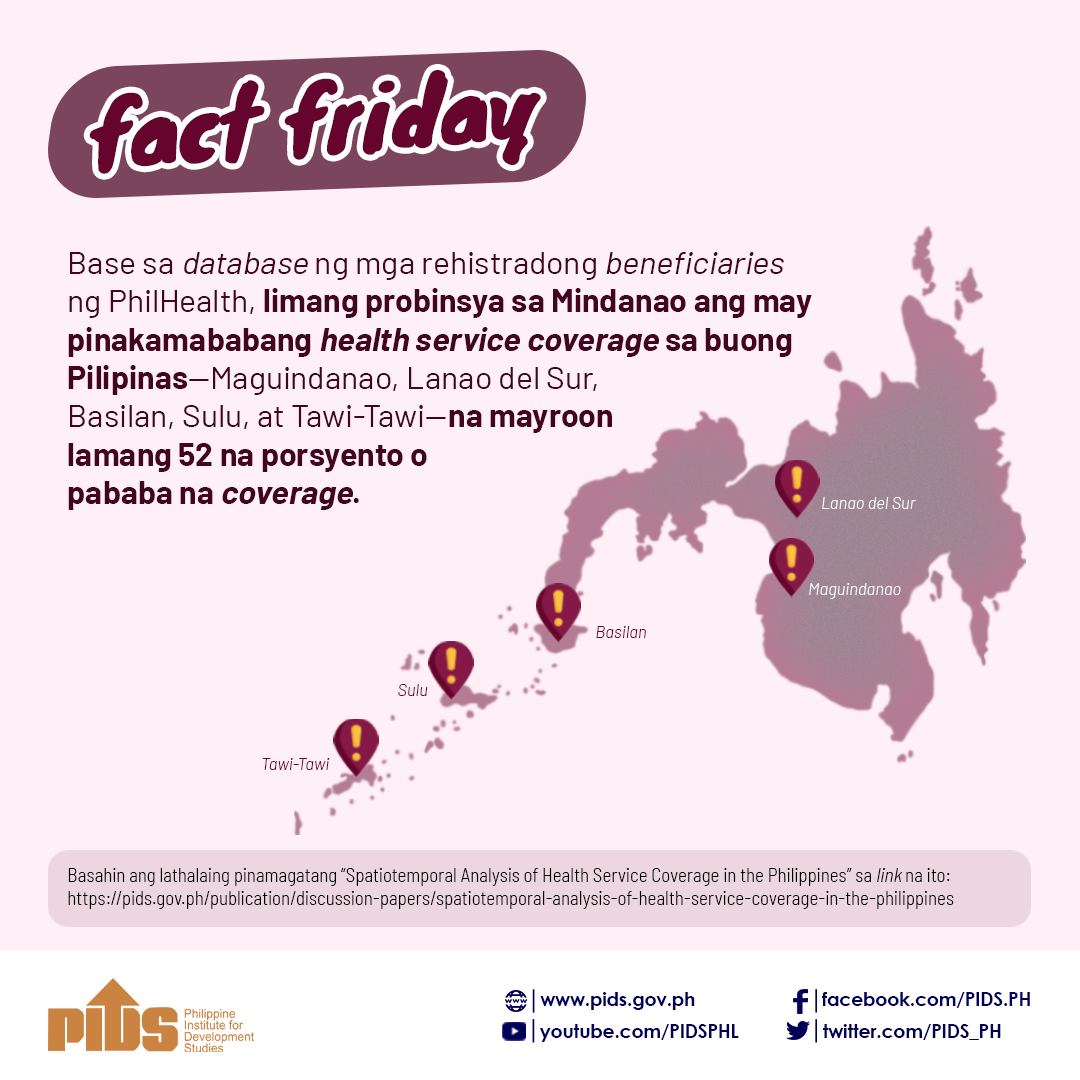Irrigators’ associations (IAs) that collect service fees from rice and corn planters tend to perform better than the ones subsidized by the government, according to a study by the Philippine Institute for Development Studies (Pids).
A policy note, titled “Evaluation of national irrigation systems in the Philippines,” published by Pids revealed that IAs had mixed reactions to the government’s free irrigation scheme.
The authors of the policy note were Roberto S. Clemente, Arthur L. Fajardo, Vicente G. Ballaran Jr. and Julie Carl
According to the National Irrigation Administration, farmers are organized into IAs and strengthened through training activities to make them more effective partners of NIA in irrigation development and management. An IA is a nonsectarian, nonstock and nonprofit organization of farmer-beneficiaries.
Citing farmers’ anecdotes, the authors said that free irrigation “has improved the satisfaction of IAs.”
However, some IAs claimed that the non-collection of the irrigation service fees (ISF) “has reduced their funds for the maintenance of canals related to siltation.”
Using regression analysis, the authors of the study found that the presence of ISF led to the better performance of IAs.
“The model result indicated that IAs with ISF were likely to increase the performance by 0.30 score point. This was particularly substantial in terms of increasing their performance,” the policy note read.
The result of the regression analysis is in line with theories pertaining to resource maximization given that the presence of ISF showed a resource constraint that needs to be maximized.
“The presence of this resource constraint represents opportunity cost for farmers hence, they need to make the most out of the resource given that it is scarce and has cost implication,” they added.
In February 2018, President Duterte signed Republic Act 10969, or the Free Irrigation Services Act that exempted farmers tilling 8 hectares and below from paying ISF.
Under the law, farmers tilling more than 8 hectares are still required to pay ISF to the NIA exchange for water services.
Performance
The authors evaluated 39 national irrigation systems (NIS) nationwide in terms of water supply and quality, conditions of irrigation structures and canals, profile of IAs, degree of satisfaction on water delivery, ISF collection, ground water potential, erosion, among others.
The authors noted that only 23 percent, or 20 out of the 87 IAs, posted high irrigation performance. Also, 28 IAs recorded low performance while the remaining 39 had performed at the moderate level.
“On the performance assessment, many IAs in Luzon had shown low performance levels [47 percent] because of inadequate water supply, especially in downstream areas,” it said.
“Only 12 percent, usually those in upstream areas, showed high performance. Even with data limitations in the analysis of indicators, water delivery remained one major factor that caused low performance among IAs,” it added.
In Visayas and Mindanao, 32 percent exhibited low performance, while 45 percent performed moderately, according to the study.
This study identified several issues related to NIS, such as siltation issues in canals, flooding problems, deterioration of canal and canal structures, and water quality issues, among others.











